Since it was launched in 1997, there have been 30 variants made of the Gen III and Gen IV Chevrolet V8, colloquially known as the LS. When it first appeared under the heavily raked bonnet of the all-new fifth-gen Corvette in ’97, the all-aluminium 5.7-litre V8 was dubbed the Gen III, as it was the third main redesign of the super-popular Chevy small-block.
First published in the July 2023 issue of Street Machine
Sharing almost nothing with its iron-based predecessors, the injected, lightweight and very compact pushrod engine ushered in a new era of refinement for General Motors V8 cars. Its popularity and use across almost the entire GM network over the past 26 years means there is now a mind-boggling number of variants and revisions.
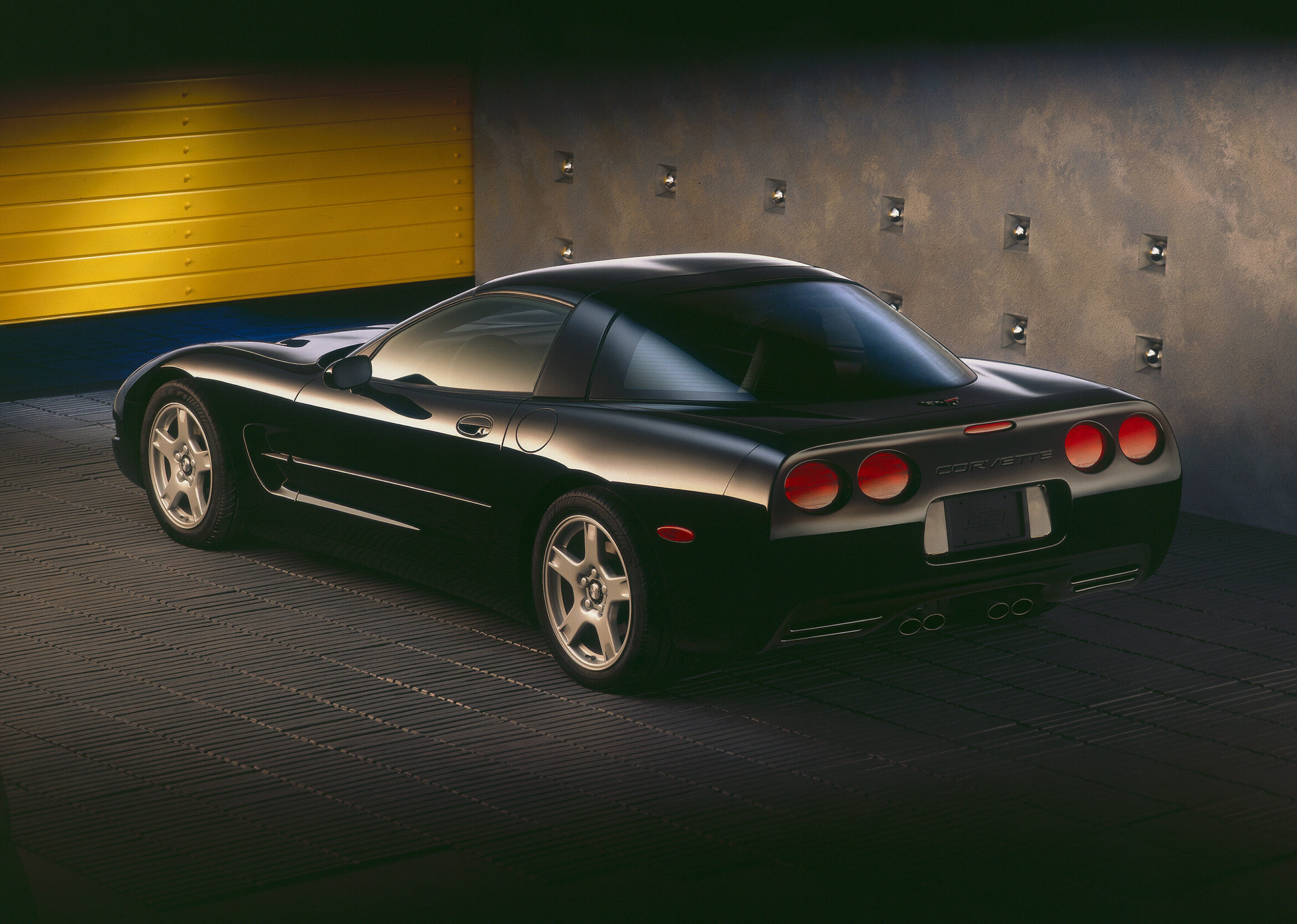
From the original 345hp (260kW) LS1 found in the C5 Corvette, through to the 638hp (476kW) LS9 (the most powerful engine ever offered by GM in a production car), the breadth of the family is staggeringly vast. There are engines for front-, all- and rear-wheel drive; iron and aluminium blocks; cathedral and rectangular ports; many different bore/stroke sizes; dry and wet sump set-ups in a range of front-, mid- and rear-hump layouts; displacement on demand; variable valve timing technology; and more. As with most popular engine layouts in the US, there are countless blocks and cylinder heads available from aftermarket companies. Cataloguing all of those would easily fill a book, so we’ll stick to giving you a rundown of the most popular production LS motors. In part two of our series, we’ll tackle Gen V.
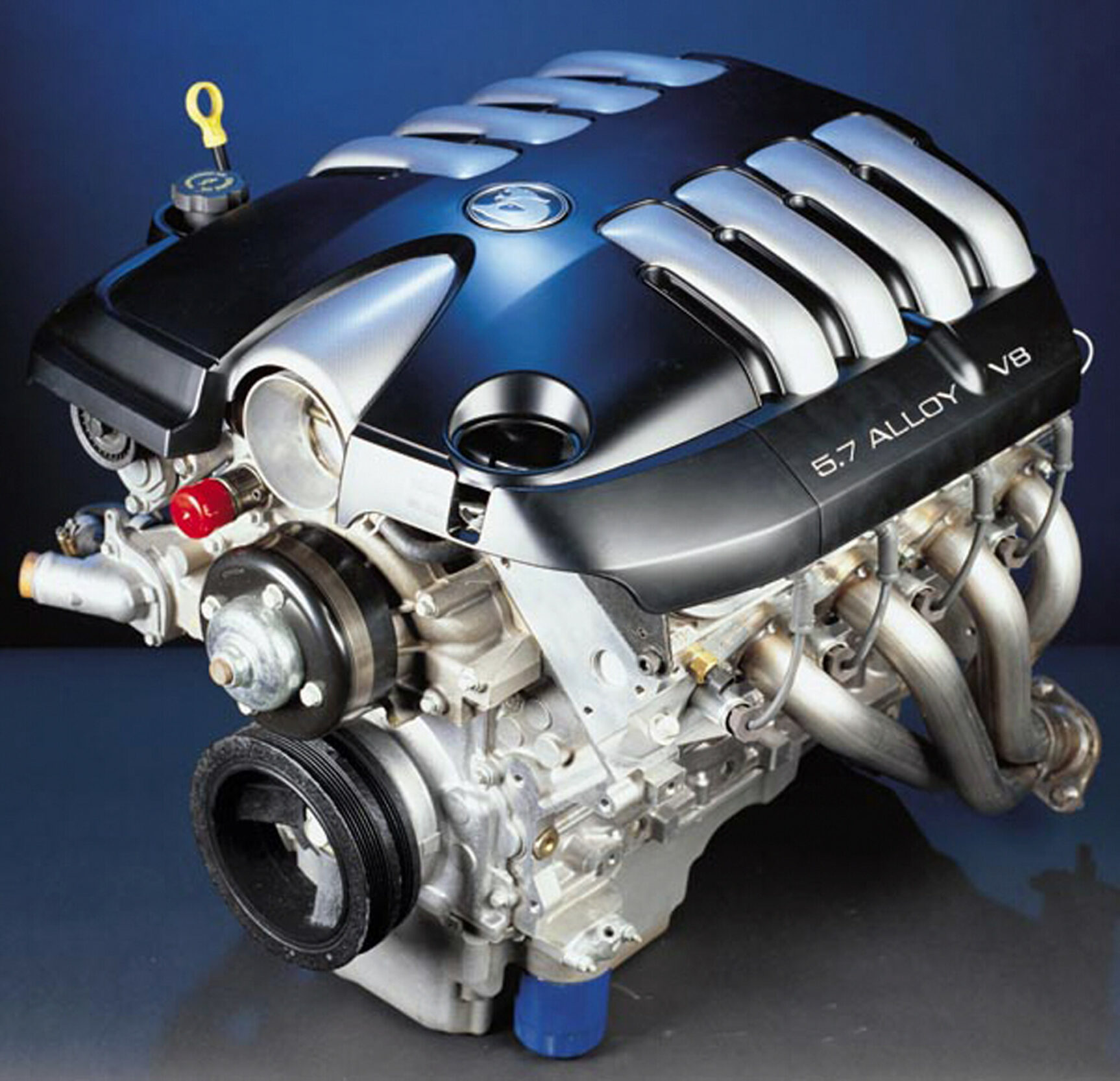
GENERATION III
The 3.898in-bore Gen III was all-new for 1997, sharing only conrod bearings with the previous Gen II LT Series small-blocks. Chevrolet invested heavily in this new engine, using it as a platform across its whole V8 range. By 2003, it had replaced all other V8 engines in the line-up.
- Engine code: LS1
- Block type: Alloy
- Bore size: 3.898in
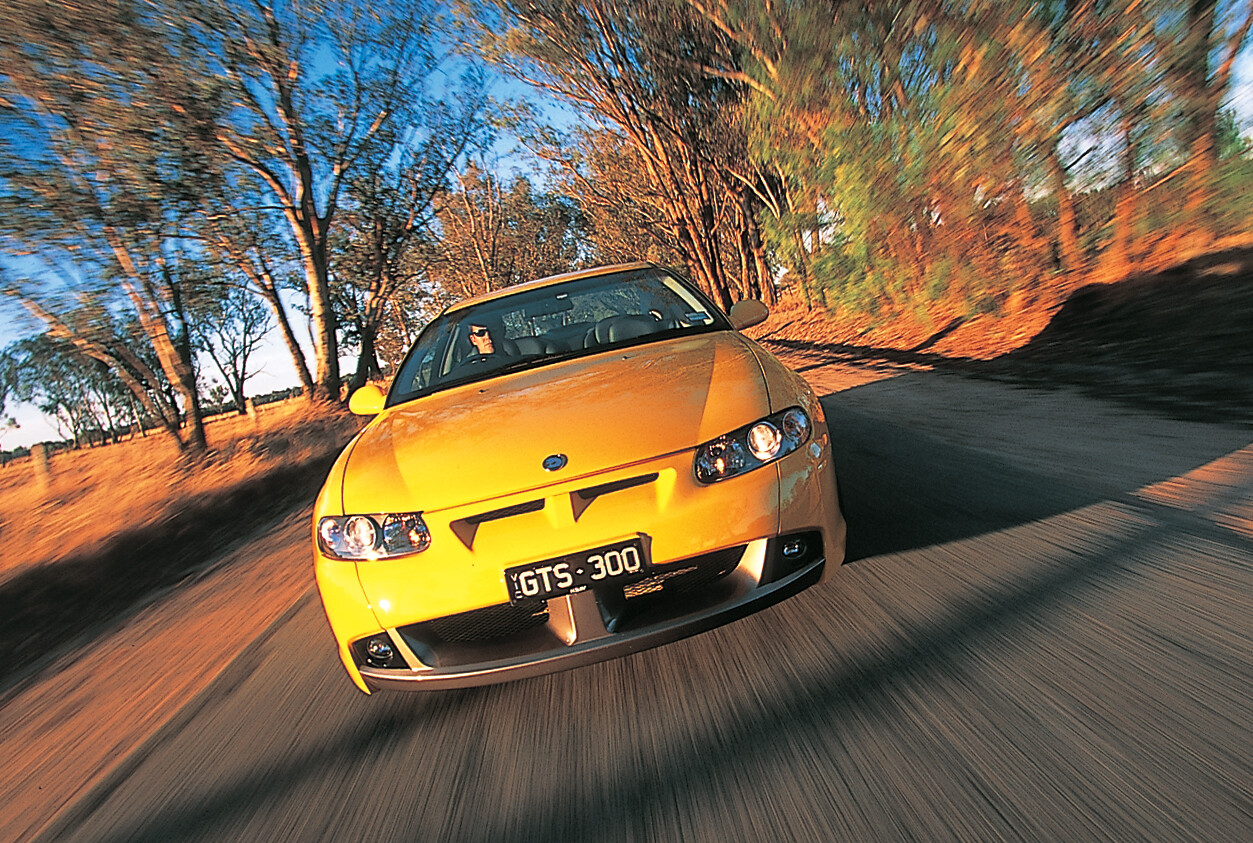
The LS1 was first offered in the C5 Corvette (345hp-350hp) as well as the fourth-gen Camaro and Trans Am (305-325hp). Major changes from the LT series included the 346ci capacity, all-aluminium construction, firing order, square four-bolt cylinder head stud pattern, six-bolt mains, and flat-top pistons, while the distributor was replaced by coil-near-plug ignition. In Australia, the LS1 replaced the 304ci V8 in Holden’s VT Series II Commodore. Originally rated at 295hp, the LS1 grew to 300hp in the VX Commodore, 308hp with the VY, and 315hp in the VZ, after which it was replaced by the 6.0L Gen IV V8.
Holden Special Vehicles tweaked its 5.7L LS1-based V8s from the VT II range onwards, hitting a high of 400hp with the Callaway-tuned C4B.
- Engine code: LR4
- Block type: Iron
- Bore size: 3.78in
- Capacity: 4.8L
Also known as the Vortec 4800, the LR4 is an iron truck motor designed to replace the 305ci 5000 L30 truck motor. The smallest Gen III truck/SUV engine, it made 255hp (1999-2000), 270-285hp (2001-on), and then 285hp (from 2005-’06).
It could be found in 1999-2006 GMC Yukon, Savana and Sierra, and Chevy Tahoe, Silverado and Express models.
- Engine code: LM7/L59
- Block type: Iron
- Bore size: 3.78in
- Capacity: 5.3L
The Vortec 5300 engine had several variants over its life, and it was the 5.3L LM7/L59 that kickstarted the junkyard iron-block craze. The stroke is 9mm over the Vortec 4800, and from that point on, there are lots of differences.
The L59 is the flex-fuel version of the LM7 found in 1999-2007 Avalanches, Silverados, Sierras, Yukons, Tahoes and Escalades. It made 270hp in 1999, 285hp in 2000-’03, and 295hp in 2004-’07.
- Engine code: L33
- Block type: Alloy
- Bore size: 3.78in
- Capacity: 5.3L
The L33 is also known as the Vortec 5300 HO. It is an aluminium-block variant of the iron LM7 but with flat-top pistons from the 4.8L LR4, a higher-lift cam, higher 9.9:1 compression, and #799 LS6 cylinder heads (minus hollow exhaust valves and high-performance valve springs), making 310hp.
- Engine code: LM4
- Block type: Alloy
- Bore size: 3.78in
- Capacity: 5.3L
The LM4 is another aluminium-block variant of the LM7, but with less power than the L33, making 290hp.
It features #862 or #706 heads, runs 9.5:1 compression with dished pistons, and was used in the Chevrolet SSR, GMC Envoy and other light-duty models.
- Engine code: LS6
- Block type: Alloy
- Bore size: 3.898in
- Capacity: 5.7L
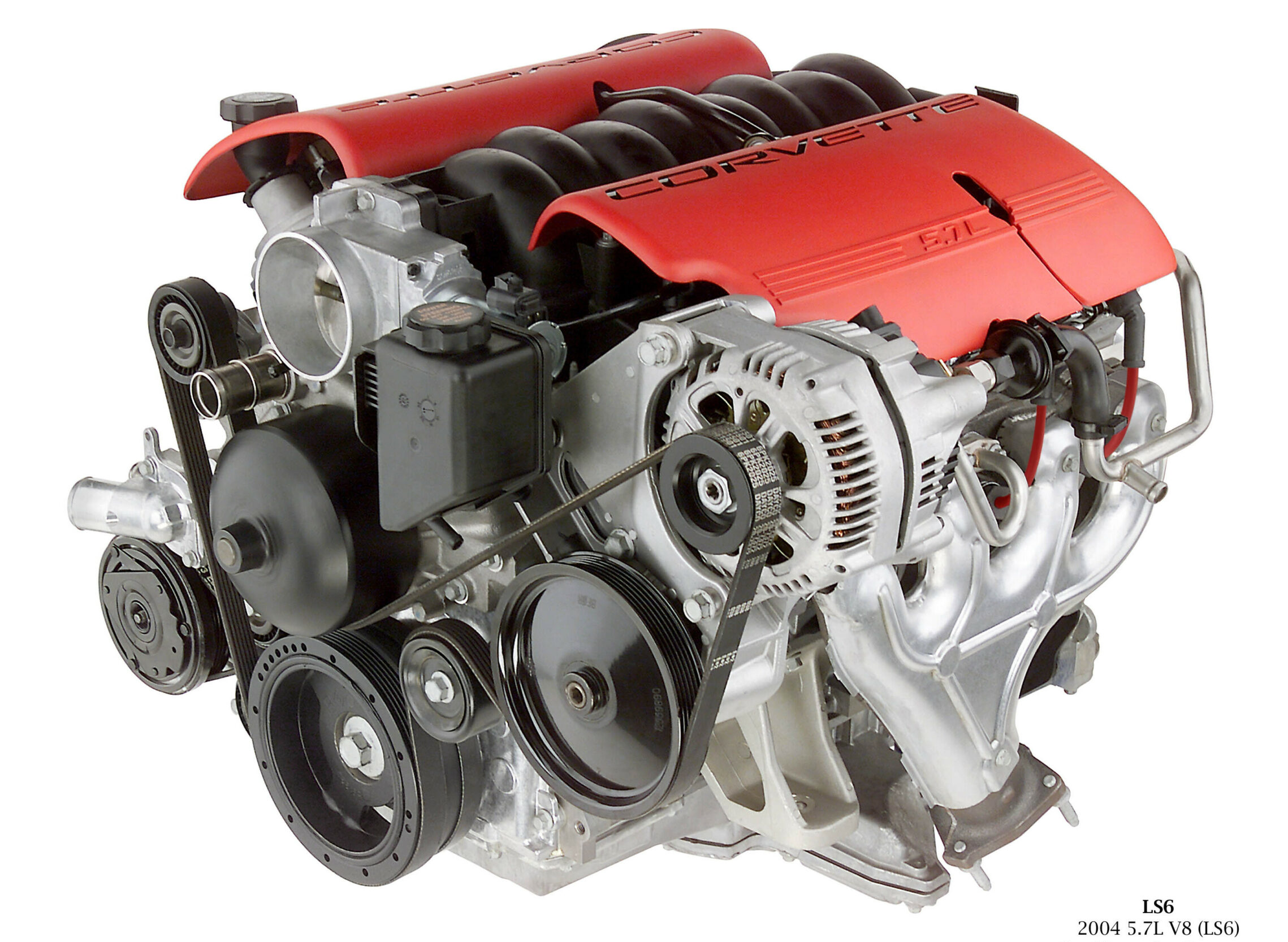
The LS6 is a high-output version of the LS1 made between 2002 and 2006. It made 385hp (C5 Z06 ’Vette) or 405hp (Cadillac CTS-V).
The LS6 had windows cast into the block between cylinders, and featured improved main web strength and bay-to-bay breathing, higher-flow intake manifold and MAF sensor, higher-lift and longer-duration cam, a higher 10.5:1 compression ratio, sodium-filled valves, and a revised oil system better suited to lateral acceleration.
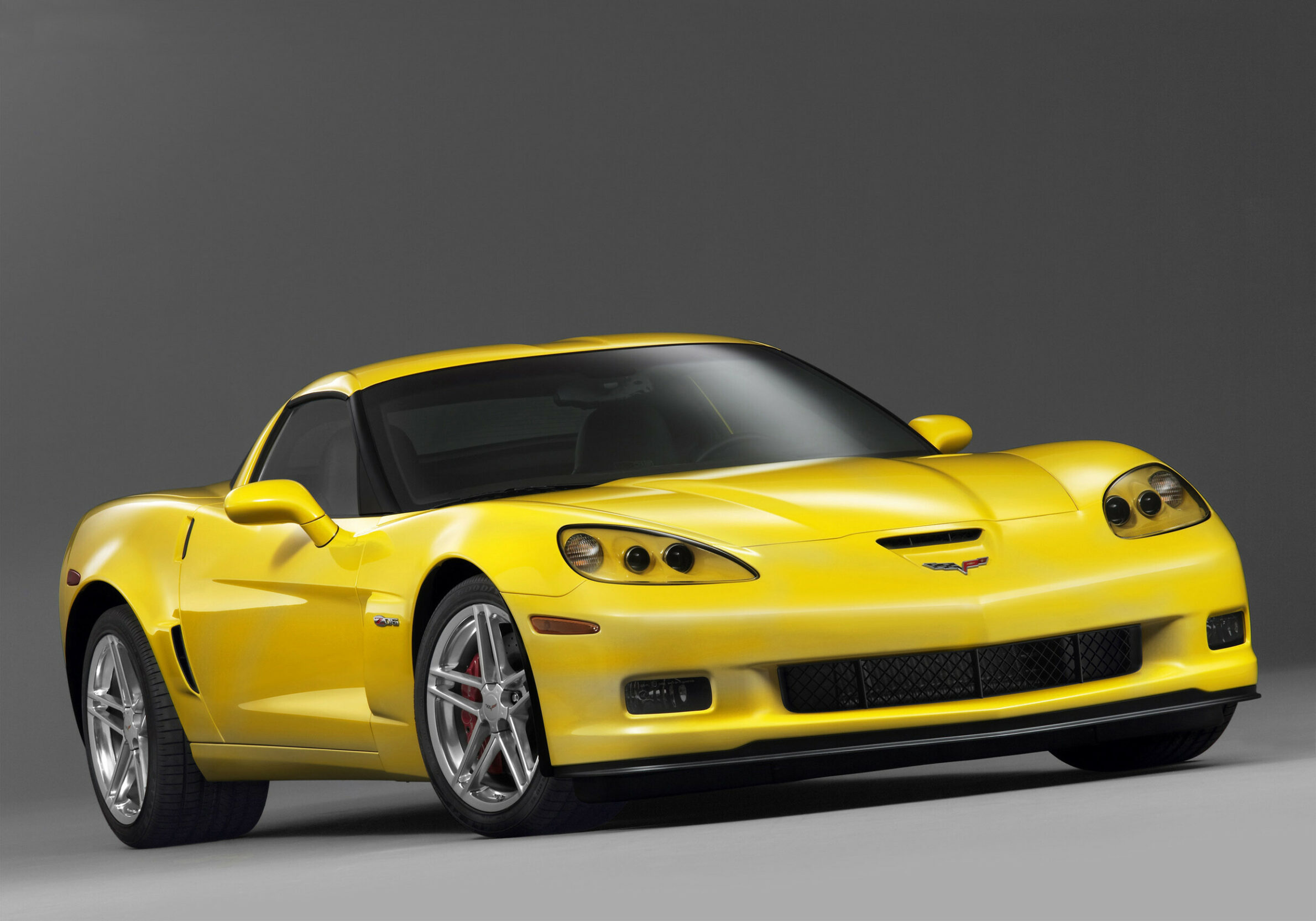
LS6 intake manifolds are used on all 2001-on LS1/6 engines, including in the VX-on V8 Commodores.
- Engine code: LQ4/LQ9
- Block type: Iron
- Bore size: 4.00in
- Capacity: 6.0L
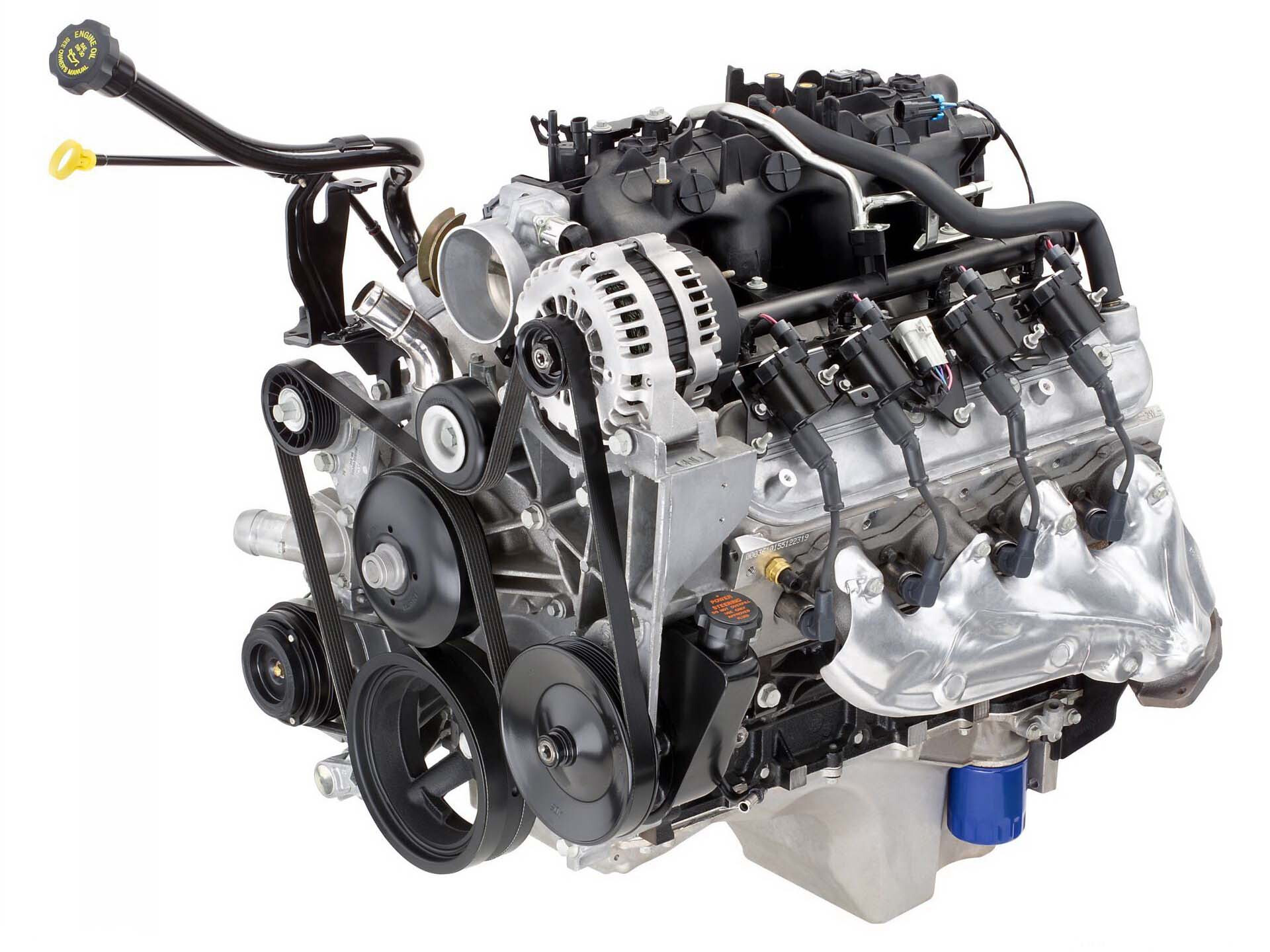
The Vortec 6000 came in two specifications, with the LQ4 making 300hp to 360hp and the LQ9 making 345hp. The LQ4 was planted in the GMC Yukon and Sierra, Hummer H2, and Chevrolet’s Suburban, Silverado and Express.
The LQ9 is the high-output version of the LQ4, originally designed for Cadillac Escalade models. It has flat-top pistons to increase compression ratio to 10:1. It was also used in Silverado SS and Denali models.
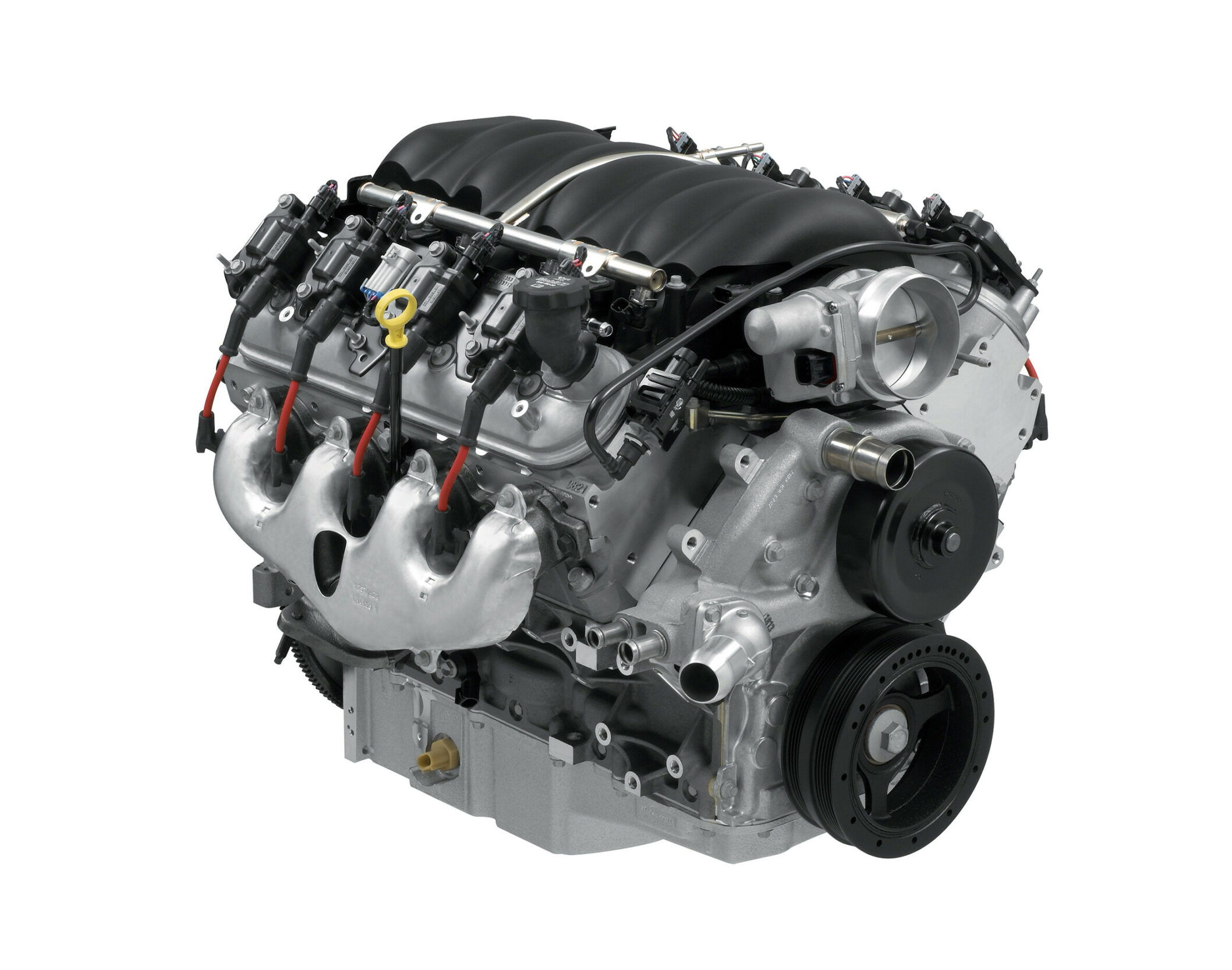
GENERATION IV
In 2005, the Gen III made way for the heavily revised Gen IV small-block. Rather than radically re-engineering the platform all over again, Chevrolet evolved the basic architecture to push the displacement as far out as 7011cc (427ci), while also including new technology like drive-by-wire throttles, displacement on demand (DOD), and variable valve timing (VVT).
- Engine code: LS2
- Block type: Alloy
- Bore size: 4.00in
- Capacity: 6.0L
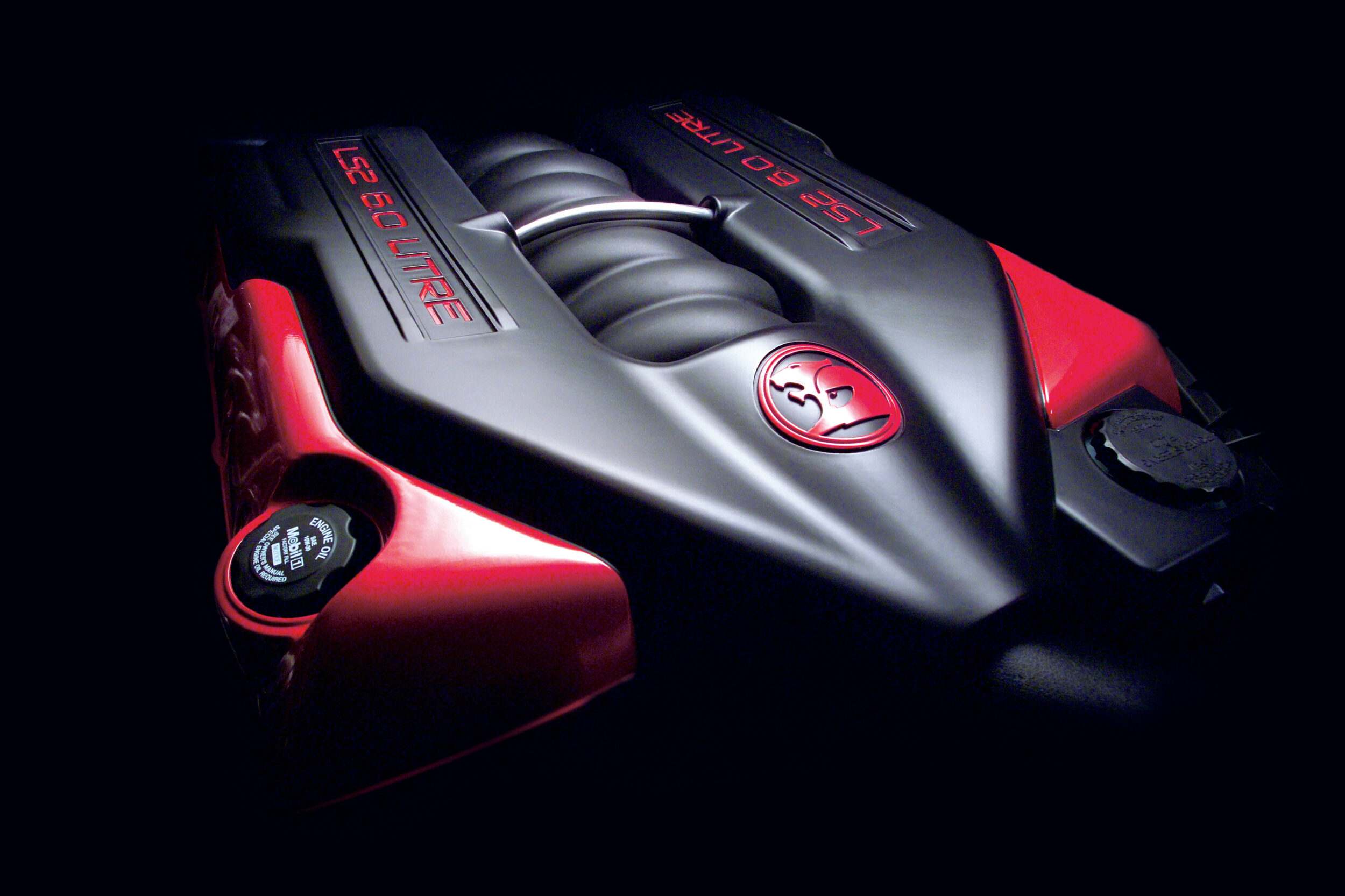
Stepping up from the 5.7L, the aluminium LS2 displaces 5967cc (364ci) thanks to a 101.6mm (4.00in) bore and 92mm (3.622in) stroke.
It retains the #243-casting cathedral-port heads from the LS6 (without lightweight sodium-filled valves) and, in 2005-’07 Corvette-spec, it makes 400hp, with 2005-’08 E-series HSVs going 12hp better.
Compression was increased over the LS1 to 10.9:1. Other models to receive the LS2 include the 2006-’07 Cadillac CTS-V, 2006-’09 Chevrolet Trailblazer SS, and 2005-’06 Pontiac GTO and Vauxhall Monaro.
- Engine code: LS7
- Block type: Alloy
- Bore size: 4.125in
- Capacity: 7.0L
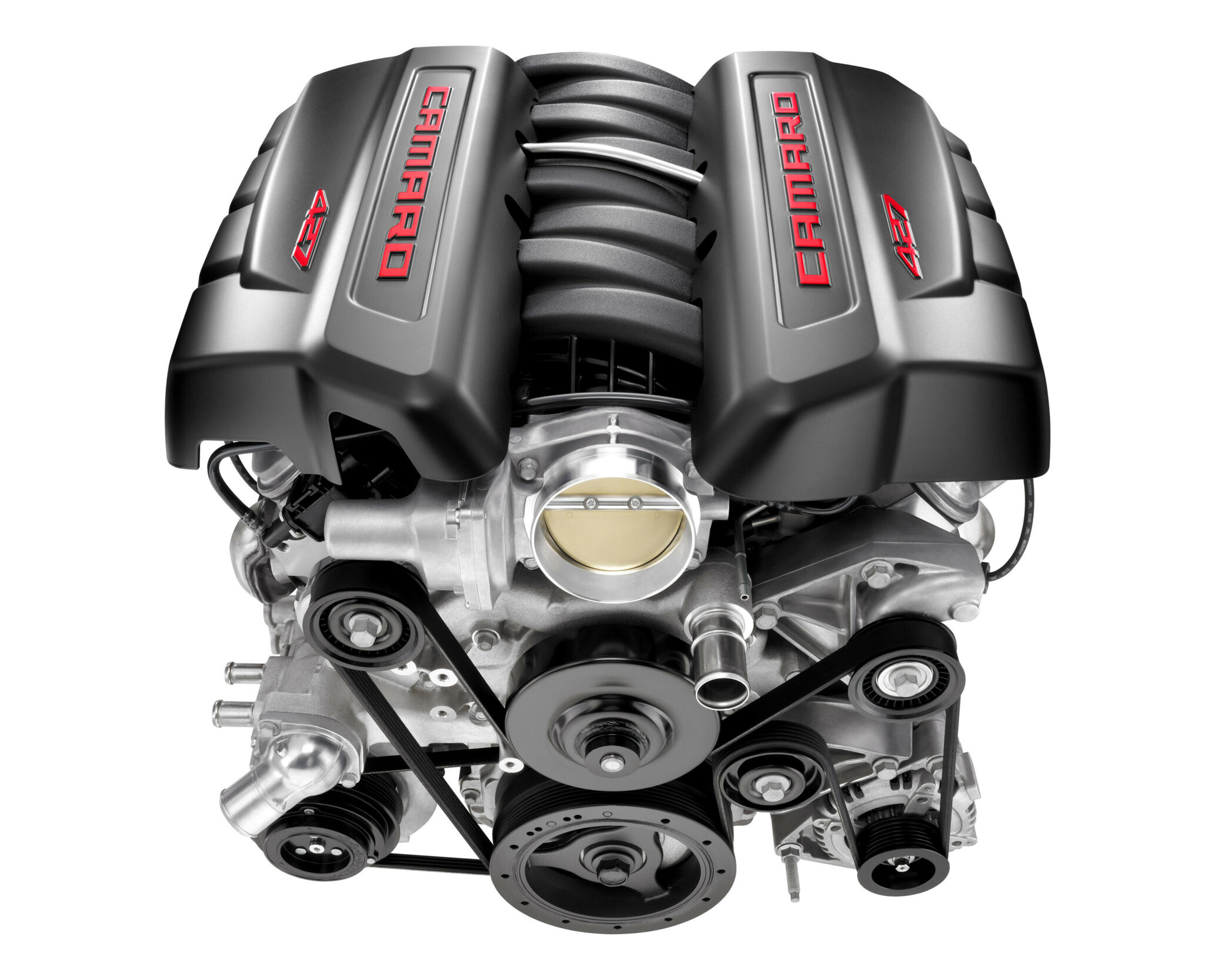
The 505hp 427ci LS7 is a hand-built, all-aluminium rocket, but it’s very different to other production LS mills. The cylinders are a siamese layout with no water passages in between, so Chevy could punch the cubes out while retaining strength.
The LS7 runs a 4.125in bore and 4.00in stroke, forged steel crank and bearing caps, dry sump oiling, and forged titanium conrods. Its unique square-port heads use 2.20in Del West titanium intake valves, 1.61in sodium-filled exhaust valves, high-lift rockers, and a unique intake manifold.
Along with the track-oriented 2006-’13 C6 Z06 Corvette, the LS7 has been fitted to a wide range of vehicles, including the 2008 HSV W427, Hennessey Venom GT and Camaro Z/28.
- Engine code: L76/L77/L98
- Block type: Alloy
- Bore size: 4.00in
- Capacity: 6.0L
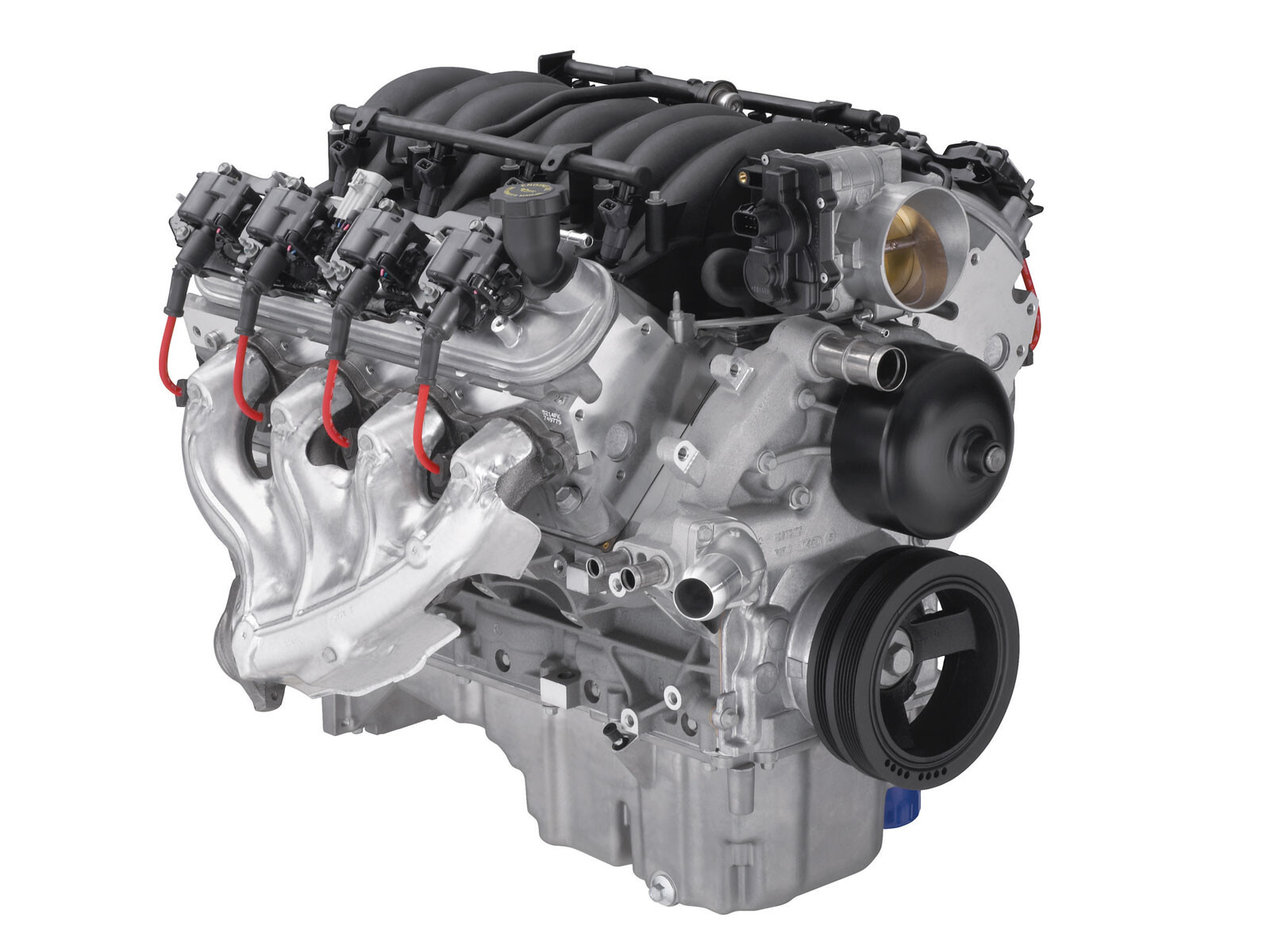
Commonly confused with the LS2, the L76 was used in some auto-only VZ, VE, WL and WM Holdens, while L98s were fitted to manual transmission-equipped VE Series I and VZ SS Thunders.
The #823 rectangle-port cylinder heads flow far better than earlier cathedral-port heads and use drive-by-wire throttlebodies. Aussie L76s produced 348hp, and L98s made 362hp. Flex-fuel compliant, the 362hp L77 replaced the L76 and L98 for the VE Series II.
- Engine code: LS3
- Block type: Alloy
- Bore size: 4.06in
- Capacity: 6.2L
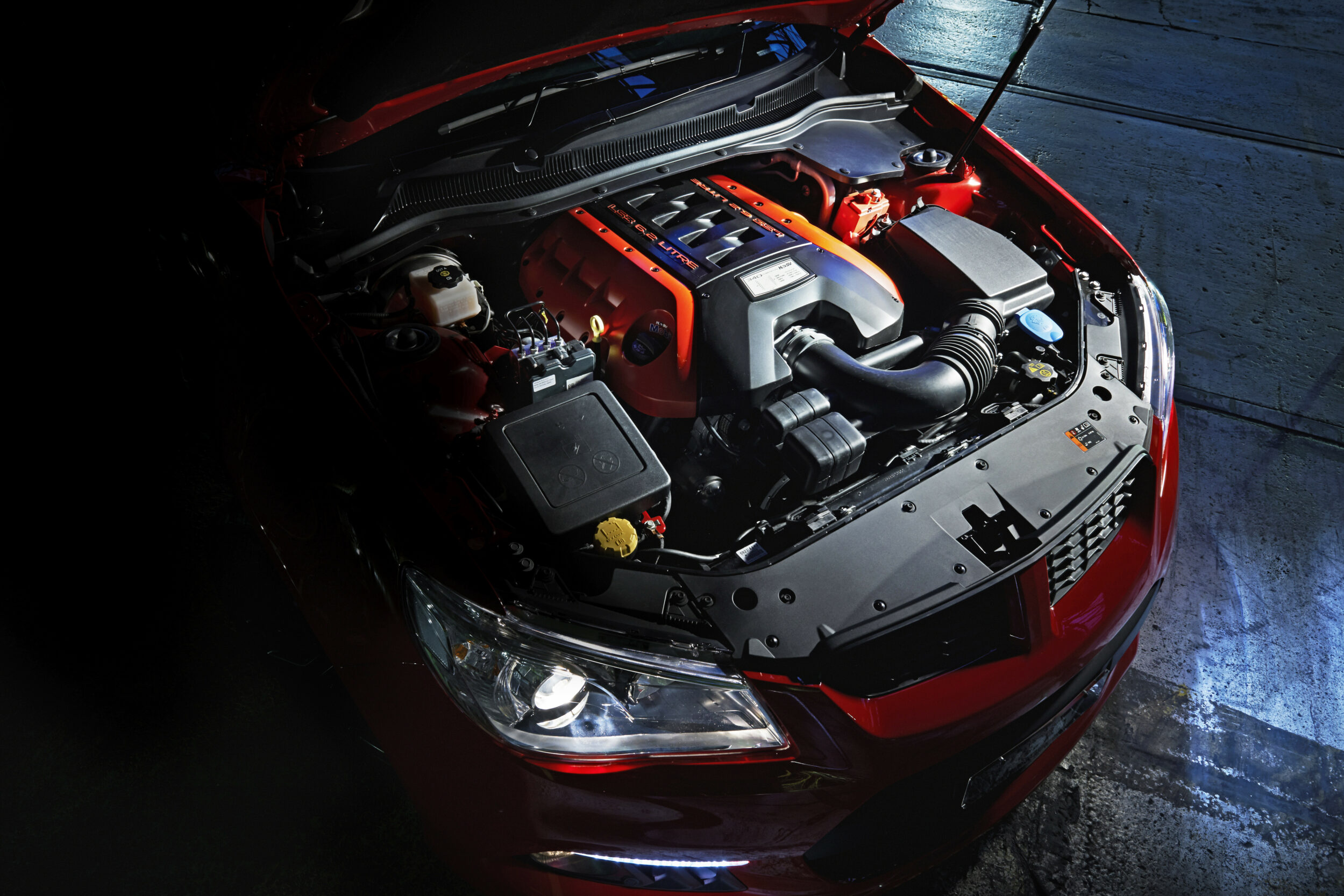
The 6.2L LS3 was introduced at 430hp in 2008, with a more aggressive camshaft and 10.7:1 compression.
The rectangle-port #821 heads feature 6mm-offset intake rocker arms, 2.165in hollow-stem intake valves and 1.59in hollow-stem exhaust valves, allowing it to rev to 6600rpm.
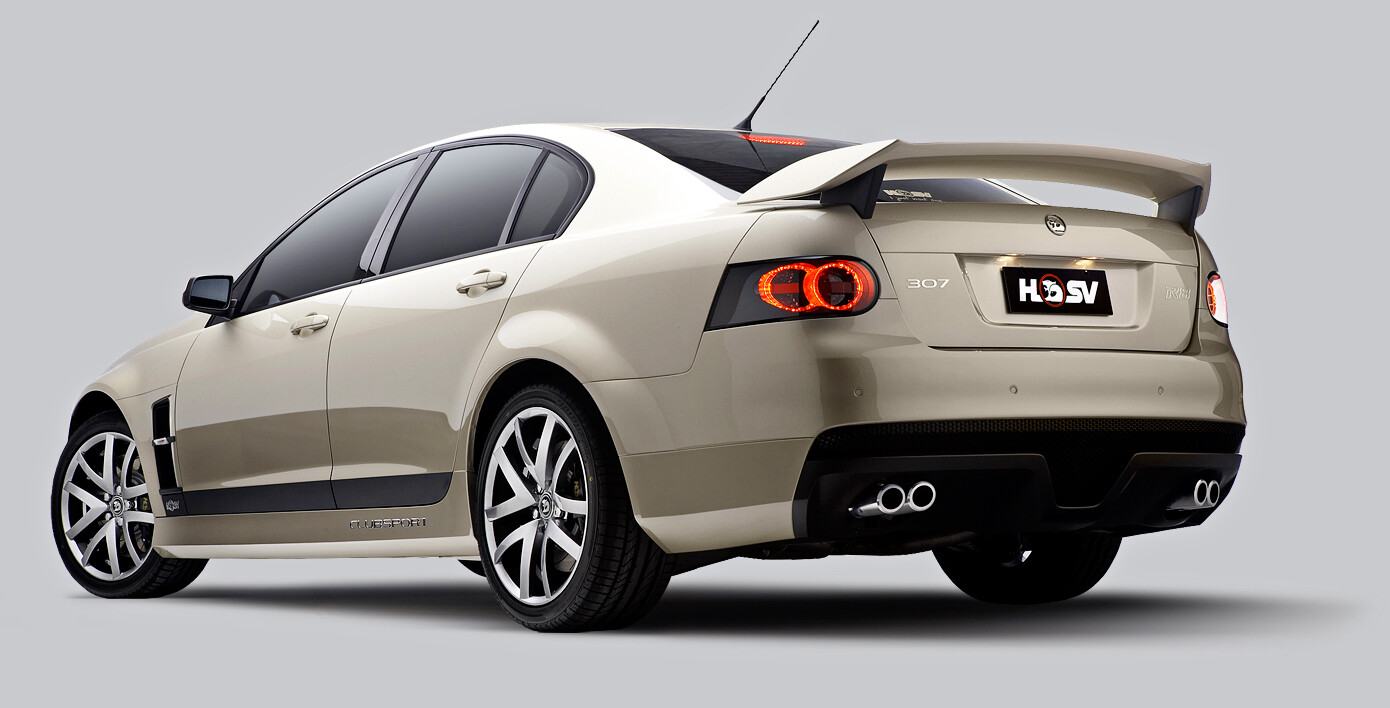
HSVs made between 425hp and 450hp, while the LS3 has also been fitted to the C6 Corvette, fifth-gen Camaro, 2009 Pontiac G8, and VF II Commodore.
- Engine code: LSA
- Block type: Alloy
- Bore size: 4.06in
- Capacity: 6.2L
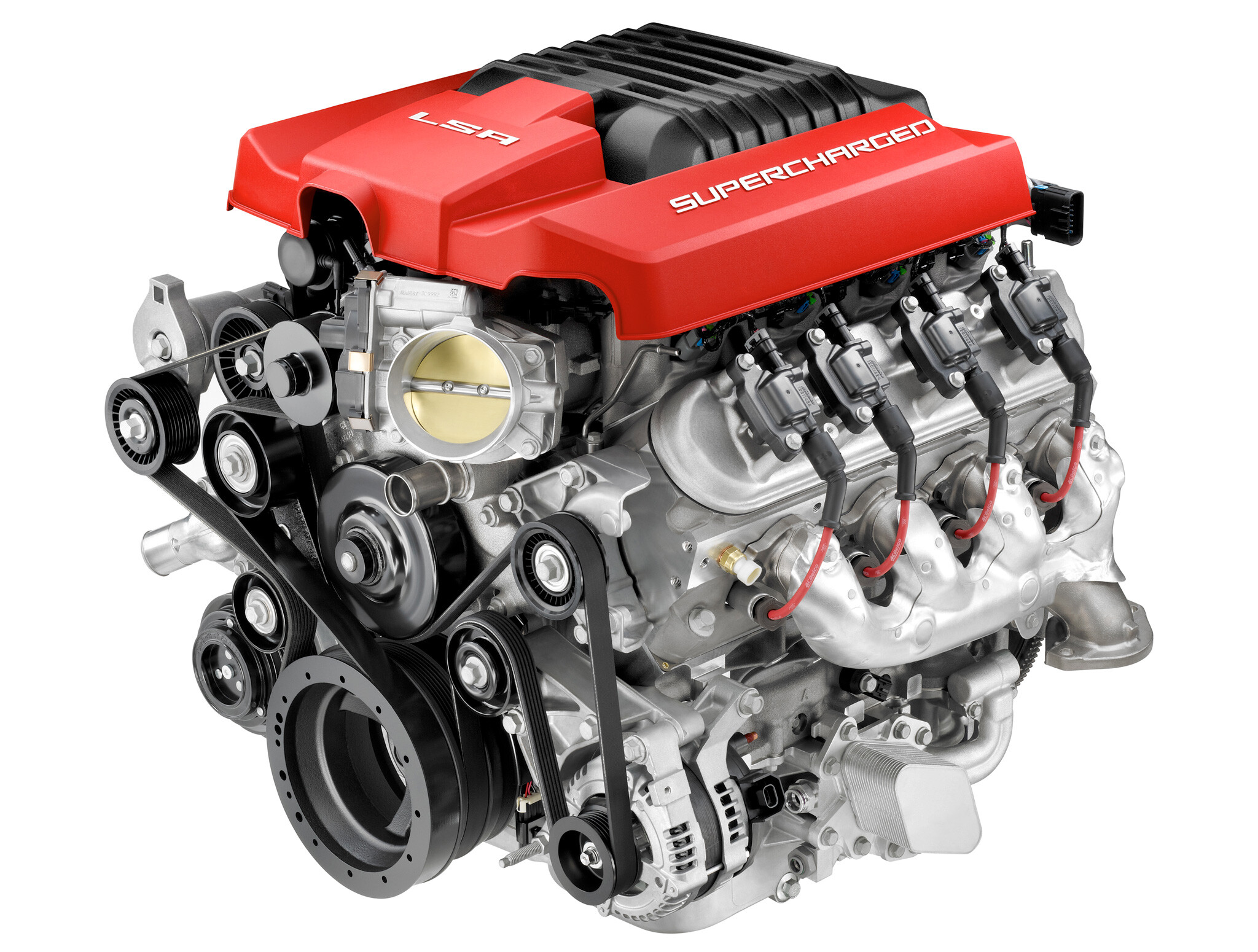
The supercharged 6.2L LSA is a lower-performance variant of the LS9 that debuted in the second-gen Cadillac CTS-V (2009). Differences to the LS9 included a smaller supercharger (1.9L vs 2.3L), lower compression ratio (9.0:1 vs 9.1:1), smaller intercooler and cast pistons, while some early (Cadillac) LSAs also missed out on the LS9’s piston oil squirters.
LSAs also run a different crank flange over naturally aspirated LS donks. Originally making 556hp, it was bumped up to 580hp for the Camaro ZL1 (2012) and HSV’s Gen-F GTS (2013).
- Engine code: LY2/L20
- Block type: Iron
- Bore size: 3.78in
- Capacity: 4.8L
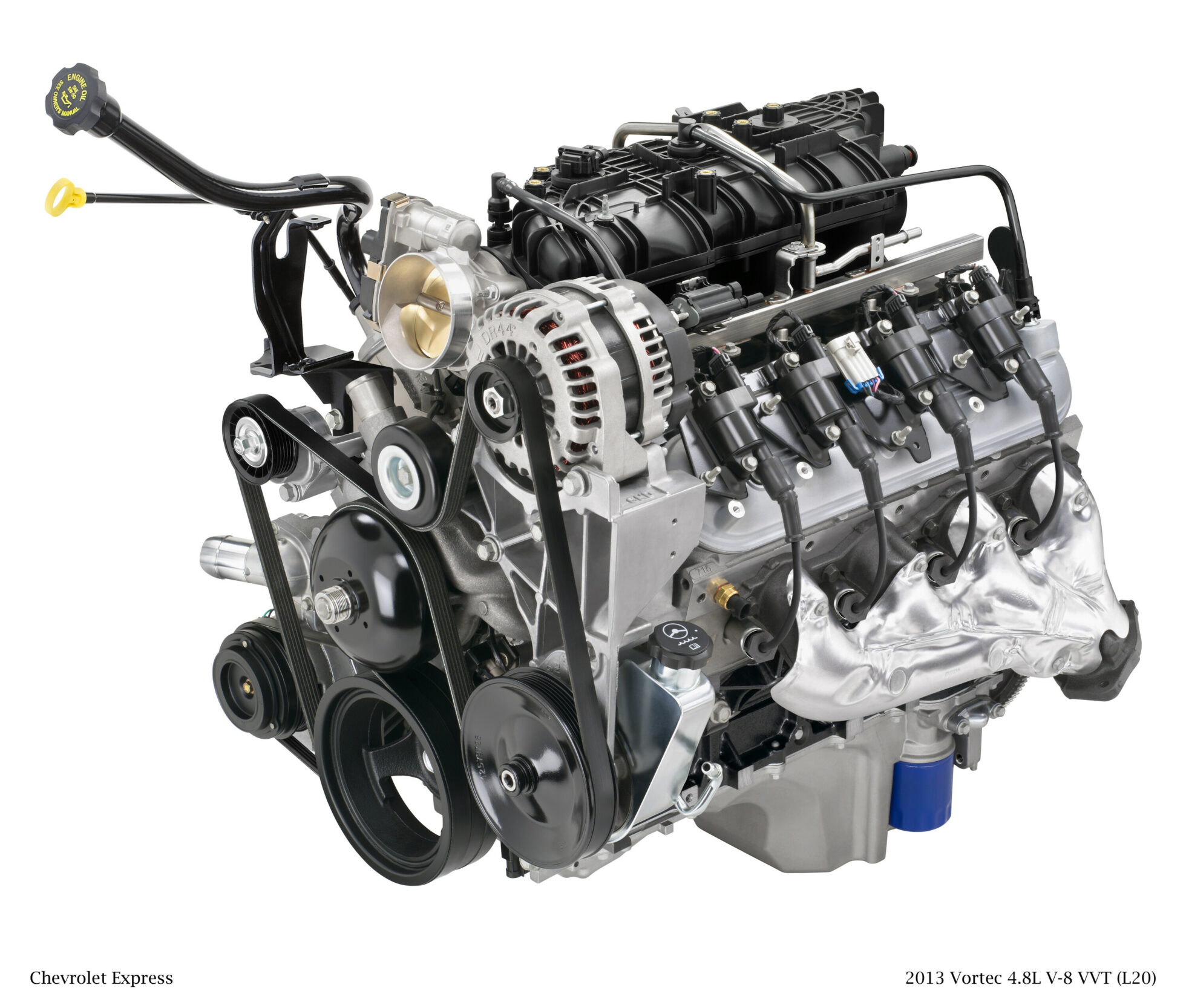
Launched in MY07 GMC and Chevy trucks, the 4.8L Vortec 4800 LY2 replaced the LR4. The iron V8 is also the only Gen IV Vortec motor to not feature variable valve timing, and makes between 260hp and 295hp.
The L20 is a Gen IV variant of the LY2, but it’s equipped with variable valve timing on both intake and exhaust. It does not feature Active Fuel Management (AFM), and makes 260-302hp.
- Engine code: LS9
- Block type: Alloy
- Bore size: 4.06in
- Capacity: 6.2L
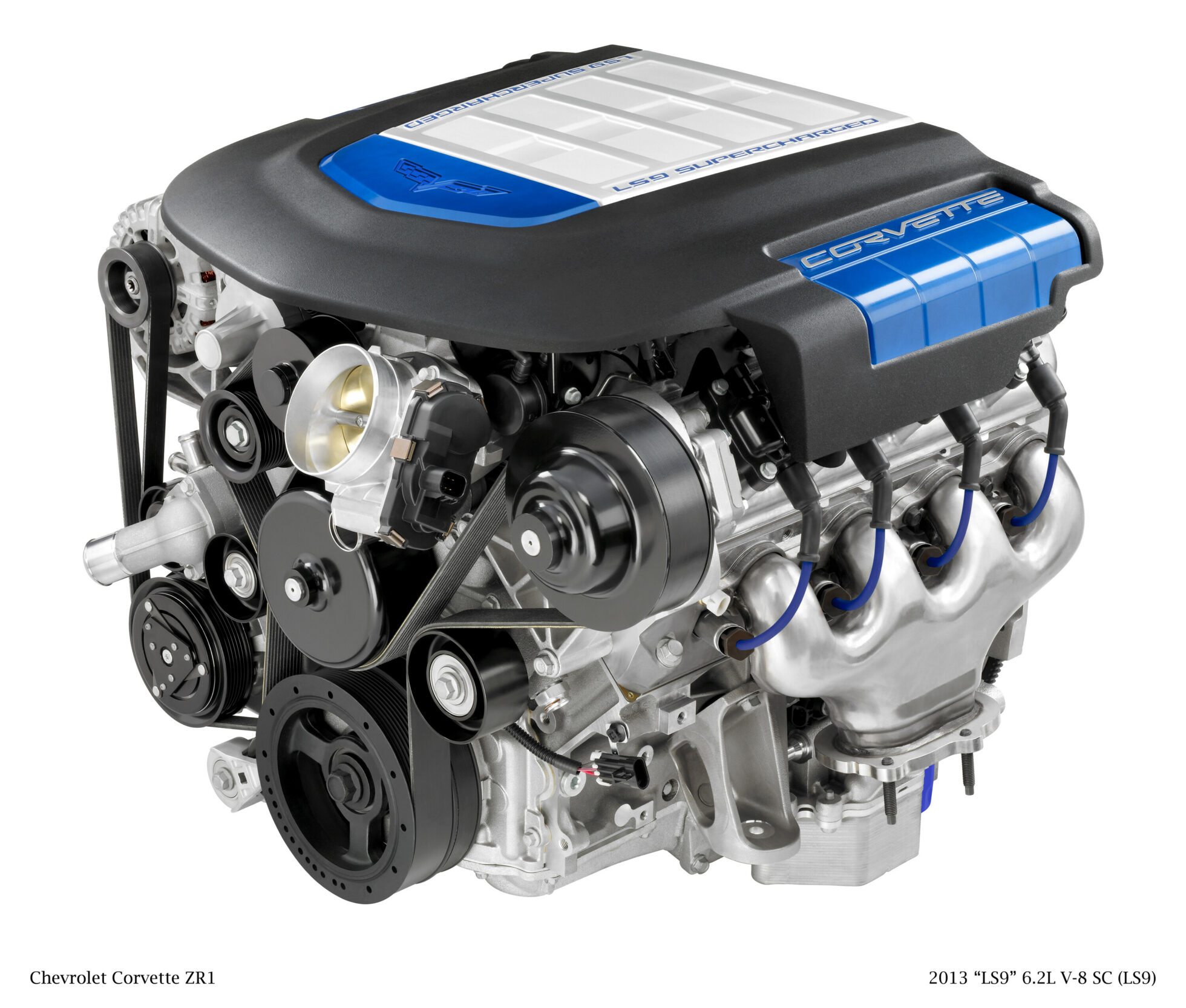
Based on the LS3, the supercharged LS9 was the most powerful LS engine offered by GM in a regular production model.
The block is the same as the LS3, as the LS7’s 7.0L block was deemed too fragile to withstand the cylinder pressure of forced induction.
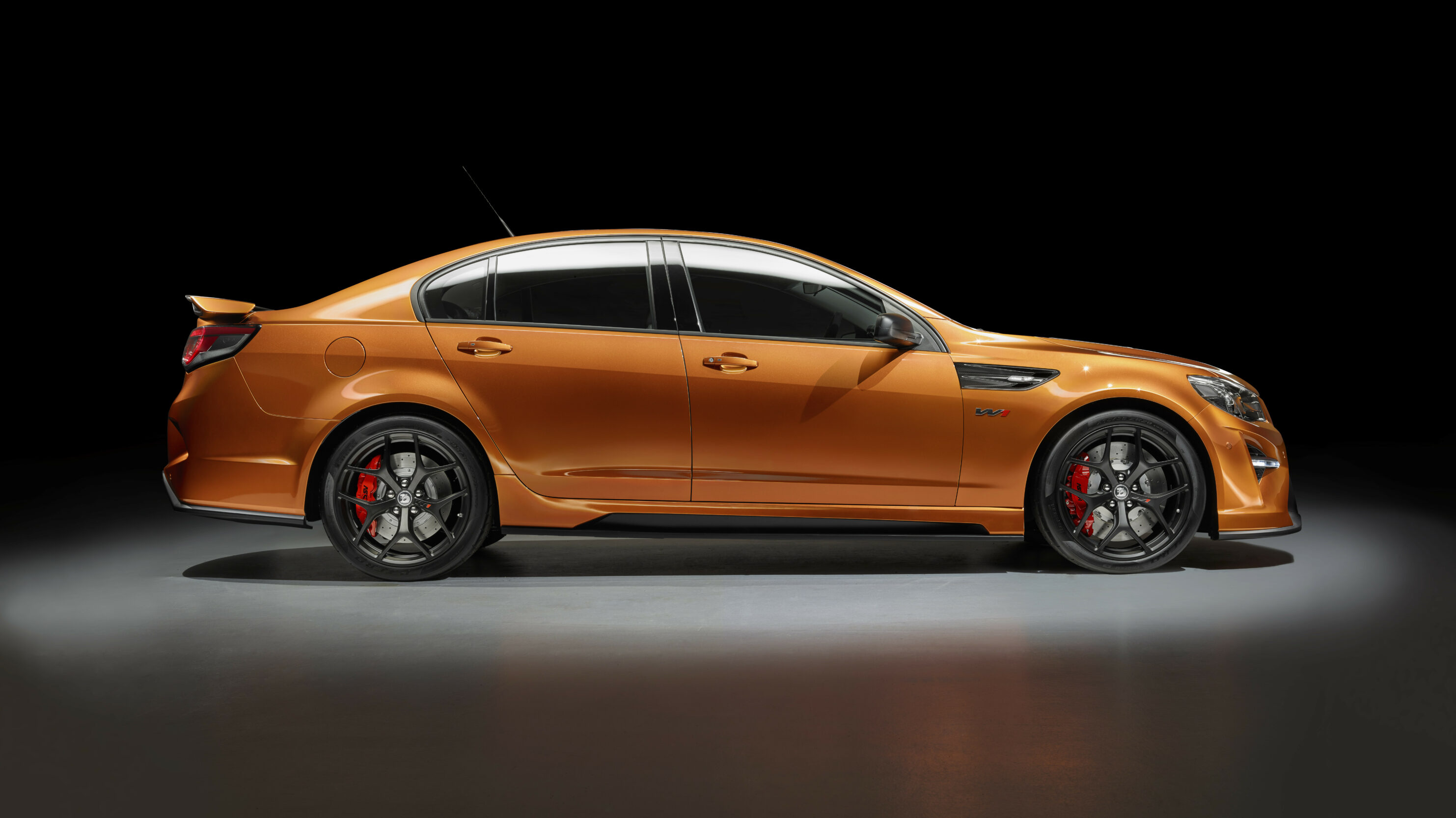
It’s equipped with forged 9.1:1-comp pistons and high-strength conrods, but the centrepiece is the Eaton four-lobe HTV2300 (2.3L) supercharger.
Only offered in the 2009-’13 C6 Corvette ZR1, the HSV W1, the Equus Bass 770 concept car, and via GM’s crate motor program, the hand-assembled LS9 produces a mighty 638hp and 604lb-ft.
- Engine code: LH6/LH8/LH9/LC9
- Block type: Alloy
- Bore size: 3.78in
- Capacity: 5.3L
The LH6 is an alloy Gen IV 5.3L truck/SUV motor with AFM, producing 315hp. It can be found in 2005-’09 Trailblazers, Envoy Denali XLs and XUVs, Buick Rainiers, Saab 9-7Xs, Silverado 1500s and Sierra 1500s.
The 300hp LH8 was fitted to 2008-’10 H3 Hummer SUVs and 2009-’12 Colorado pick-ups, featuring a different sump layout to suit the GMT345 and GMT355 truck engine bays, but does not feature AFM.
The LC9 is a four-wheel-drive fitment, flex-fuel-ready Gen IV making between 315hp (in pick-ups) and 320hp (in SUVs). It has been fitted to 2007-on Avalanches, Silverados, Suburbans and Sierras. Variable valve timing has been added to the LH6 and LC9 post-2010.
- Engine code: LS4
- Block type: Alloy
- Bore size: 3.78in
- Capacity: 5.3L
The LS4 is a transverse front-wheel-drive alloy 5.3L Gen IV with #243 cylinder heads from the LS6. The bellhousing bolt pattern differs to RWD engines and the LS4 crankshaft is shortened 13mm (3mm at the flywheel and 10mm off the front) compared to a 6.0L.
Accessories are driven off a single serpentine belt, and the water pump is remote-mounted on an elongated manifold that connects it to coolant passages.
The windage trays have also been altered to stave off oil starvation. The 303hp engine is found in the 2005-’08 Pontiac Grand Prix GXP, 2006-’09 Chevrolet Impala SS, 2006-’07 Monte Carlo SS and 2008-’09 Buick LaCrosse Super.
- Engine code: LY6
- Block type: Iron
- Bore size: 4.00in
- Capacity: 6.0L
The LY6 is a 364hp 6.0-litre Gen IV truck motor that replaced the LQ4; however, it boasts variable valve timing. It is fitted to the 2007-on Chevy Silverado and Suburban, and GMC Sierra and Yukon.
Due to its smaller bore size, it cannot use the high-performance LS3 rectangle-port heads.
- Engine code: L92/L9H/L94
- Block type: Alloy
- Bore size: 4.06in
- Capacity: 6.2L
From 2007, the Cadillac Escalade used the new 6.2L L92 all-aluminium V8 with #823 rectangle-port heads. Featuring two-stage variable valve timing, it produced 403hp, and was also found in the GMC Sierra Denali and SLT and GMC Yukon, plus export-model H2 Hummers, Chevy Silverados and Tahoe LTZs. In 2009, the L92 was modified for flex-fuel and renamed the L9H, and then renamed again to L94 in 2010 when AFM was added.
- Engine code: L99
- Block type: Alloy
- Bore size: 4.06in
- Capacity: 6.2L
The L99 is a lower-performance variant of the LS3 fitted with AFM and variable valve timing, as found in the Camaro SS.
It produced 400hp, red-lined to 6000rpm and featured a different valvetrain to suit the AFM variable displacement.
- Engine code: LFA/LZ1
- Block type: Alloy
- Bore size: 3.78in
- Capacity: 5.3L
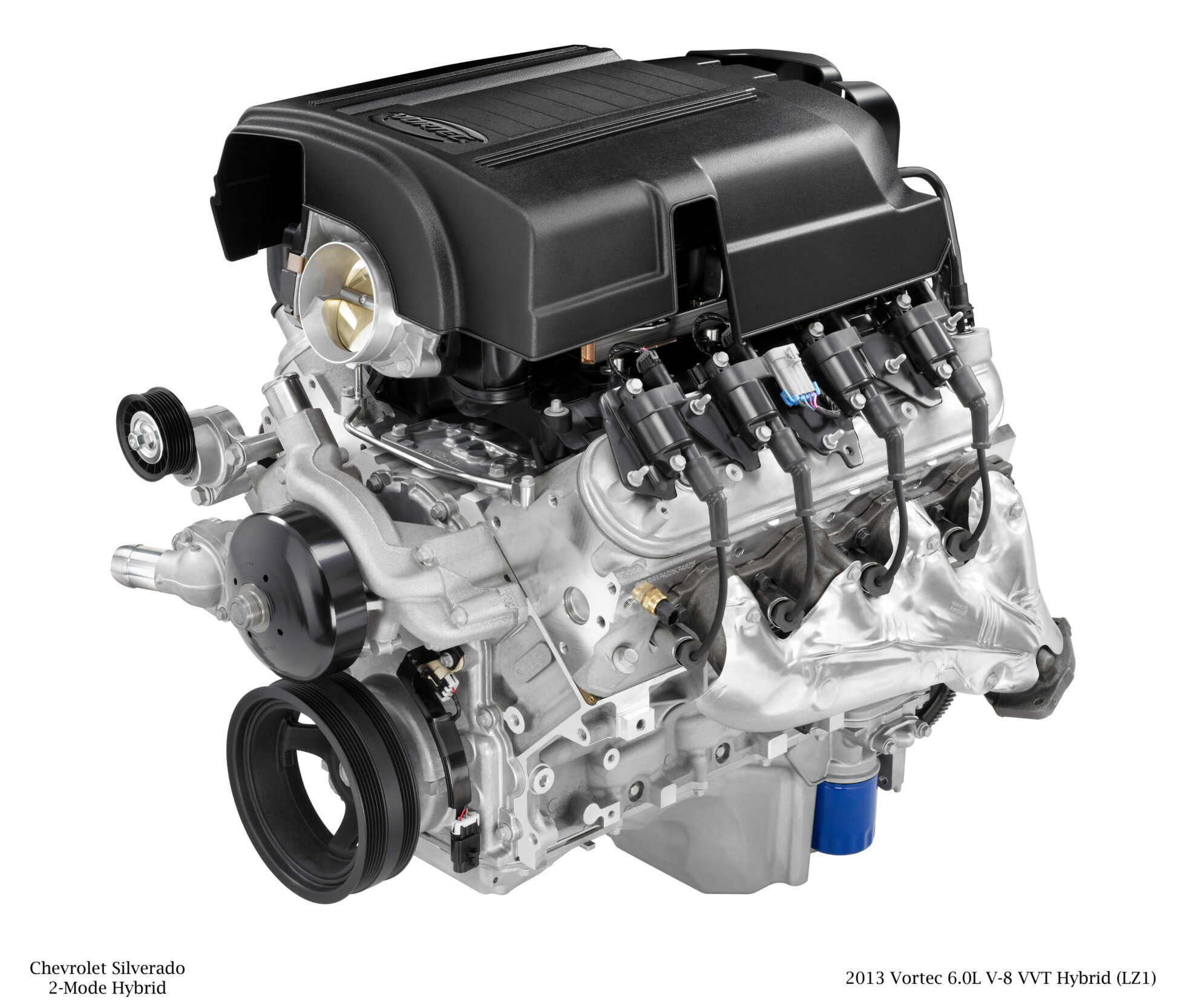
Launched in 2008, the LFA is an all-aluminium V8 fitted to GM hybrid GMT900 trucks and SUVs, including Tahoe, Yukon, Escalade, Silverado and Sierra models.
The LFA features 10.8:1 compression and makes 332hp, but was only offered in 2008 and 2009 model years. A heavy revision of the LFA, the alloy LZ1 features upgraded fly-by-wire throttle, a new oiling system, AFM and variable valve timing, while still pumping out 332hp.
It was again offered in Tahoe, Yukon, Escalade, Silverado and the Sierra GMT900.
- Engine code: LY5/LMG
- Block type: Iron
- Bore size: 3.78in
- Capacity: 5.3L
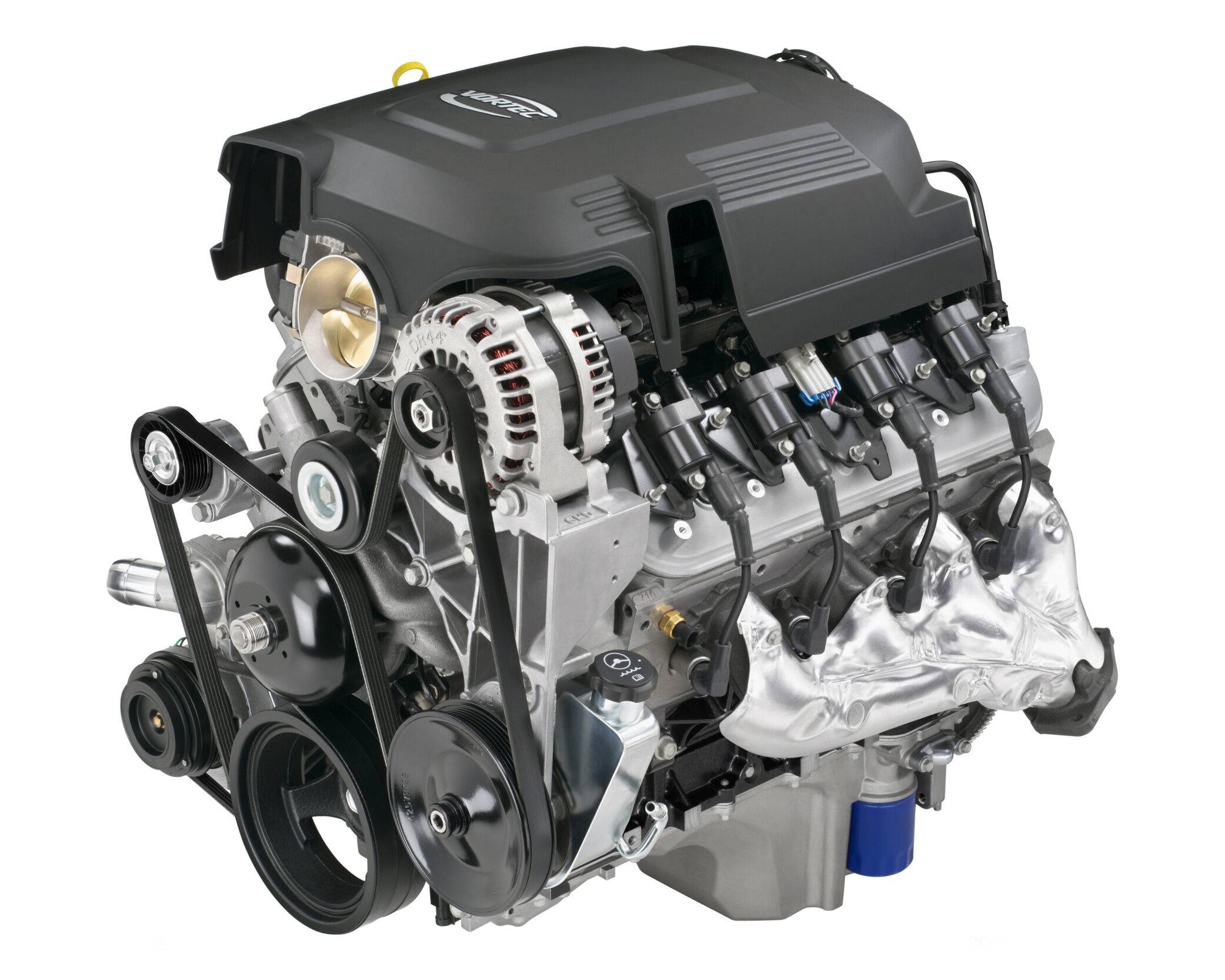
The LY5 is an iron Gen IV engine that replaced the Gen III LM7 in 2007. SUV fitments produce 320hp, while the pick-up truck engines make 315-320hp. The LMG is the flex-fuel variant of the LY5, but is otherwise the same.
LY5 and LMG engines are found in 2007-onwards Avalanches, Silverados, half-ton Suburbans, Tahoes, Sierras and Yukons. After 2010, both these engines scored variable valve timing, though the LMG does not feature AFM.

WHICH IS WHICH?
Working out if the bargain motor you’ve found is a Gen III or Gen IV is relatively easy. Firstly, most Gen IV motors feature electronic throttlebodies, while Gen III engines use cable-operated throttles. Gen IV will also have the cam sensor in the timing cover, while Gen III runs them in the back of the block.
Don’t stress if you’re looking at a bare long motor, as there are a couple of generational signatures to these mills that are almost impossible to fudge. A Gen III runs two knock sensors under the valley plate, while the Gen IV has them fitted to the side of the block. The Gen III valley plate isn’t square at the back, unlike the Gen IV.
The crank sensor is also different between Gens III and IV, even though it is found in the same position on the block. Gen IIIs run a black sensor and 24-tooth trigger wheel, while the later Gen IV crank sensors are grey and 58-tooth.
LS SPECS
| ENGINE | POWER | DISPLACEMENT | BORE | STROKE | COMP RATIO |
|---|---|---|---|---|---|
| LS1 | 350@6000rpm | 5.7L | 3.90in | 3.62in | 10.1:1 |
| LS6 | 405@6500rpm | 5.7L | 3.90in | 3.62in | 10.5:1 |
| LS2 | 400@6000rpm | 6.0L | 4.00in | 3.62in | 10.9:1 |
| L33 | 310@6000rpm | 5.3L | 3.78in | 3.62in | 10.0:1 |
| LQ9 | 385@6000rpm | 6.0L | 4.00in | 3.62in | 10.0:1 |
| L99 | 400@5900rpm | 6.0L | 4.06in | 3.62in | 10.4:1 |
| LS3 | 450@5900rpm | 6.2L | 4.06in | 3.62in | 10.7:1 |
| LS7 | 505@6200rpm | 7.0L | 4.125in | 4.00in | 11.0:1 |
| LSA | 580@6100rpm | 6.2L | 4.06in | 3.62in | 9.1:1 |
| LS9 | 638@6500rpm | 6.2L | 4.065in | 3.62in | 9.1:1 |
BORE/STROKE
| CAPACITY | BORE/STROKE (INCHES) |
|---|---|
| 4807cc/293ci | 3.78/3.27 |
| 5328cc/325ci | 3.78/3.62 |
| 5665cc/346ci | 3.89/3.62 |
| 5967cc/364ci | 4.00/3.62 |
| 6.2L/376ci | 4.065/3.62 |
| 7.0L/427ci | 4.125/4.00 |
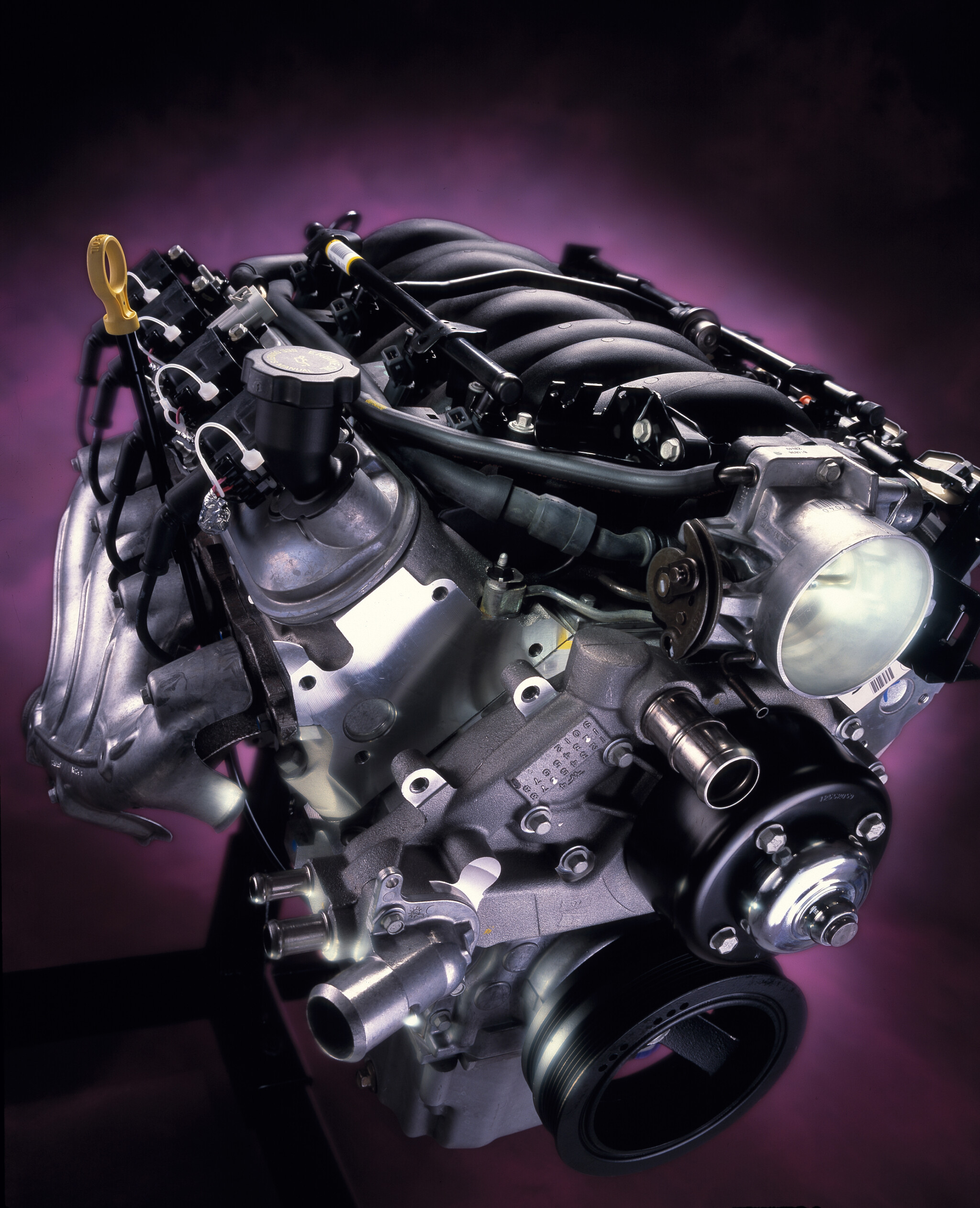
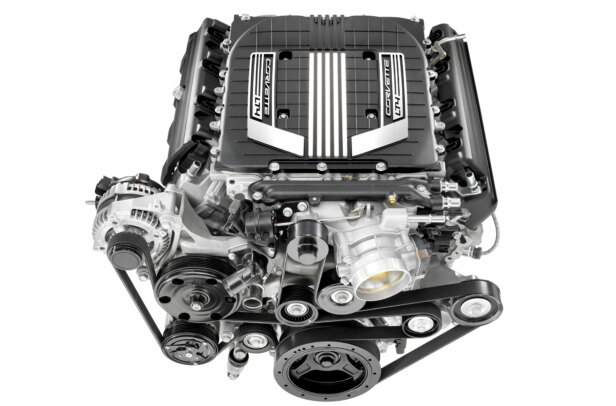
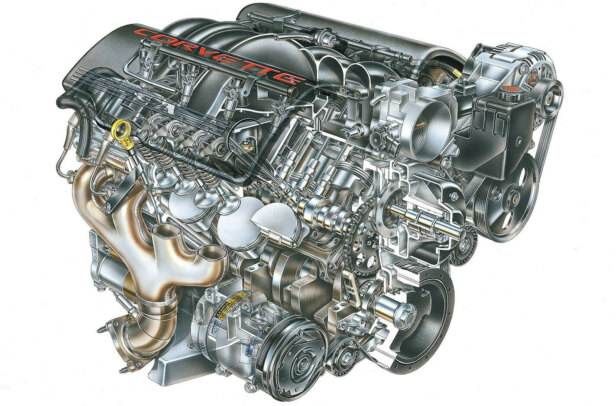
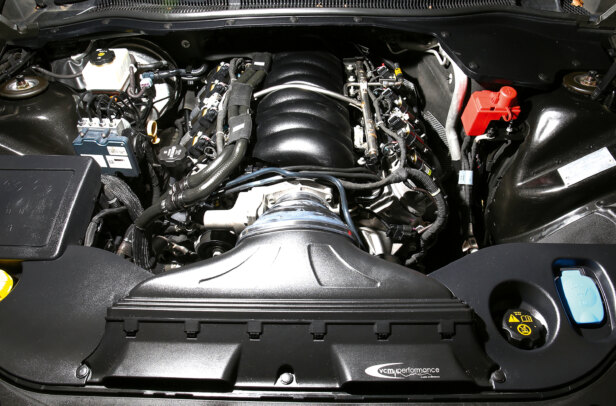
Comments